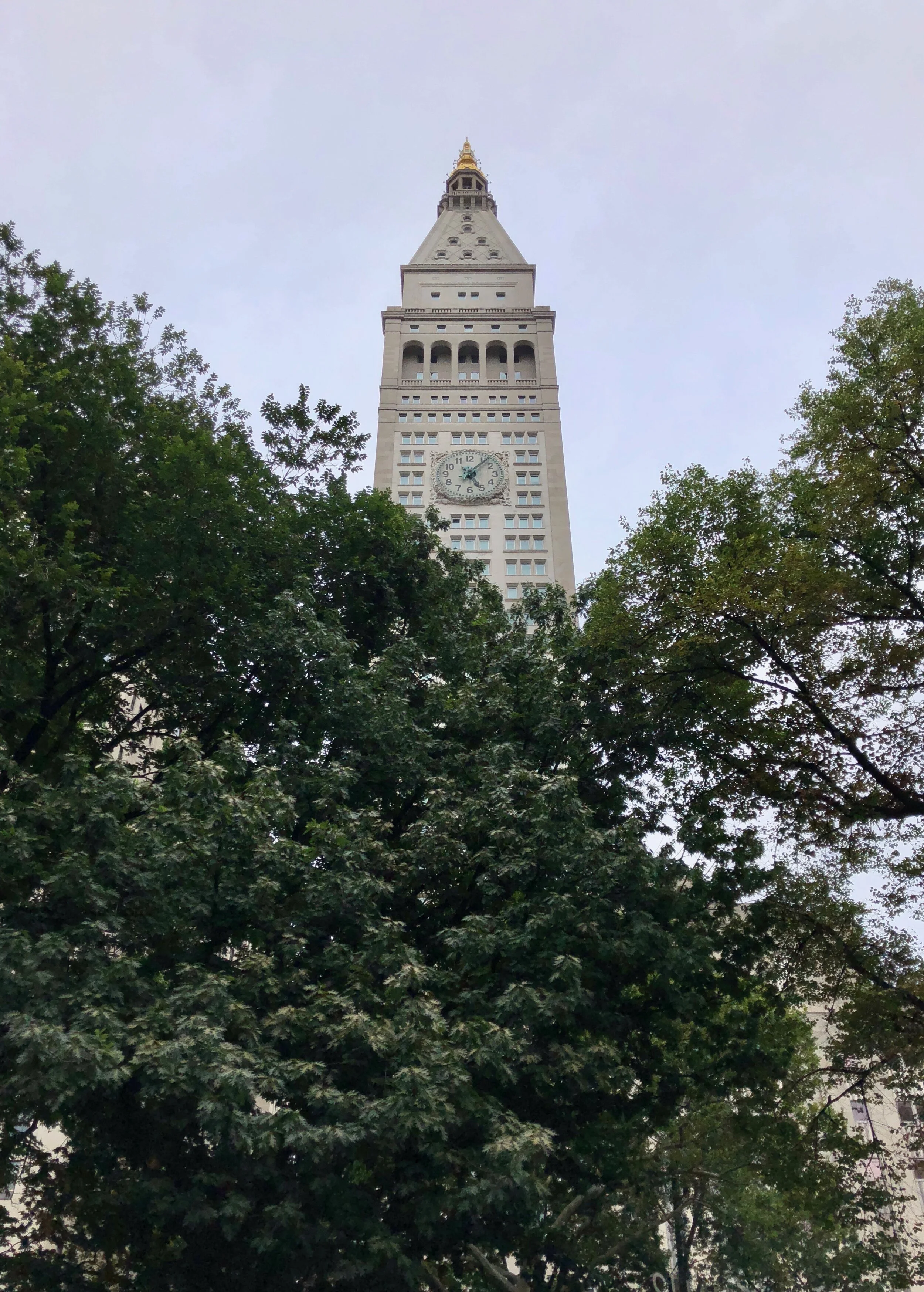It was early March, right before pandemic panic set in. My Monday morning flight to New York City, which normally would have been packed, was only half-full. I was on my way to see my daughter, a college student, for a visit that had been planned weeks before the virus seemed to be a threat.
I wanted to see her face, get a long hug (or several), and talk about what to do—how she’d handle it if she got sick, whether she should come home, etc. I also wanted us to enjoy the time we had together, so we made plans to see a few sites while I was there.
One of my favorite things was brunch at the charming Alice’s Tea Cup, where we ate the largest scones I’ve ever seen and shared a pot of chai in mismatched cups and saucers. But that’s a post for another day.
Afterward, we set out for The Frick Collection, an art museum housed in a historic mansion built by Henry Clay Frick, which I had wanted to visit for years. The collection contains masterpieces of painting, sculpture, and decorative objects. On Fifth Avenue, the white Gilded-Age mansion has a garden in front with pink magnolia trees. With sixteen permanent galleries inside, the house is as much a part of the collection as the art is.
Understandably, museum workers were subdued and talked quietly among themselves about the virus, while a small crowd of visitors moved quietly through the rooms. There was a hush and a tension in the air.
As we wandered from room to room, I was amazed at the collection and the beauty, wealth, and opulence all around us. Taking in art by masters like Fragonard, Vermeer, Rembrandt, Titian, El Greco, and Bellini, I wondered what it would be like to live with masterpieces every day.
In the portico gallery, we walked down a narrow hallway lined with porcelain pieces on one wall and windows looking out onto the garden on the other. At the end of the gallery was a small circular area, with more porcelain ware and a larger than life-size statue of the goddess Diana in the middle.
Next to the window, in a dark sport coat and pants, stood a young security guard. He was being unobtrusive, as museum security guards do.
I smiled at him. “Wow. This is amazing.”
He nodded.
I stepped closer. “What’s your favorite piece?” I asked, curious.
He seemed surprised that I wanted to know. “In this gallery or the whole collection?”
“The whole collection.”
His face brightened. “Oh, I like the Fragonard.”
My face brightened too. “So do I! I also like the Vermeer. And the Renoir by the stairs. I almost missed that one!”
Grinning, we talked a bit more about the art, the virus, the weather.
After a few minutes, I said, “Well, thank you.”
He smiled. “Sure.”
Turning away, I said, “Stay healthy.”
“Thanks. You too!” he answered, and I walked back toward the main area, looking for my daughter.
It was a small moment. A short conversation. Two strangers talking, smiling, and finding a little bit of common ground. It didn’t amount to much, but I remember it. His smile brightened a strange, overcast day, especially when others kept to themselves, in a huge city on the verge of shutting down over a frightening virus.
I thought of him often over the next few days and prayed for his safety and health. I hope he’s okay, that he didn’t get the virus and he still has his job. And above all, I hope he knows that his life matters.





